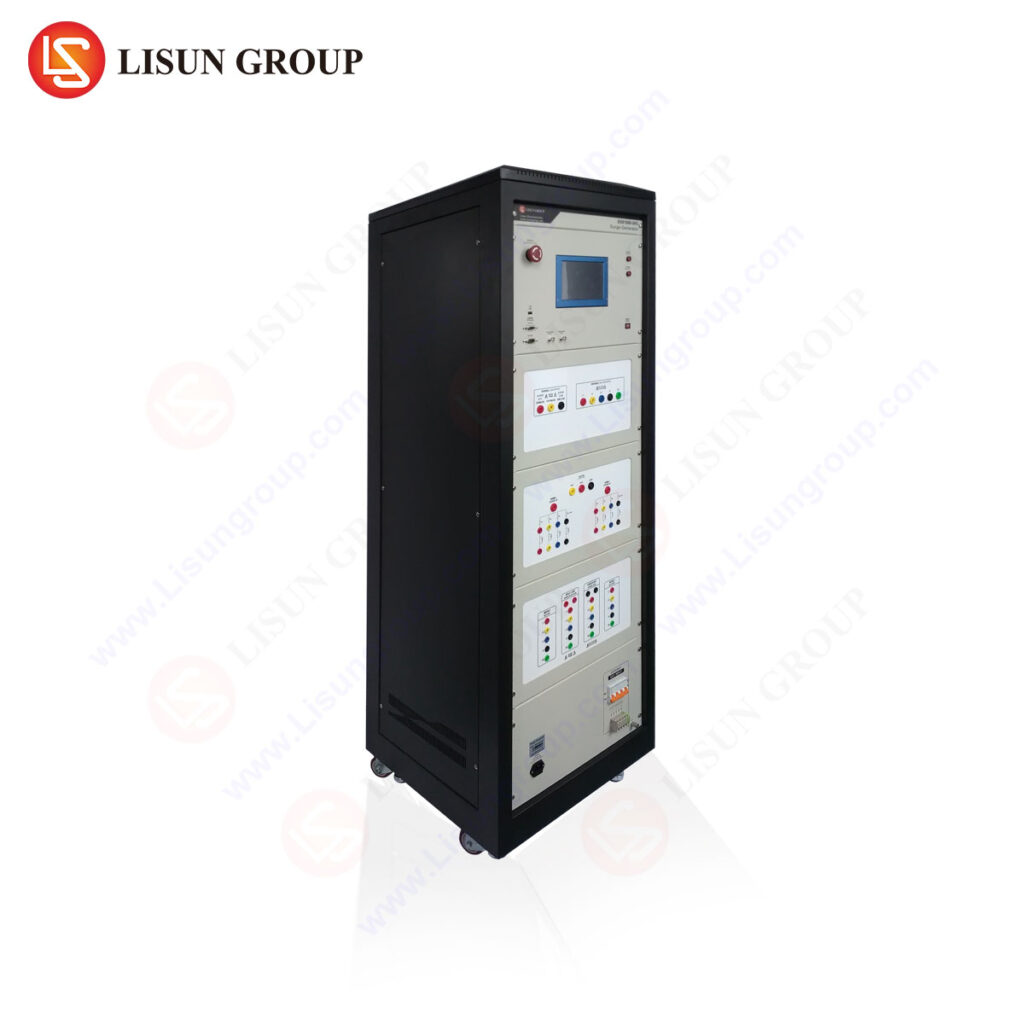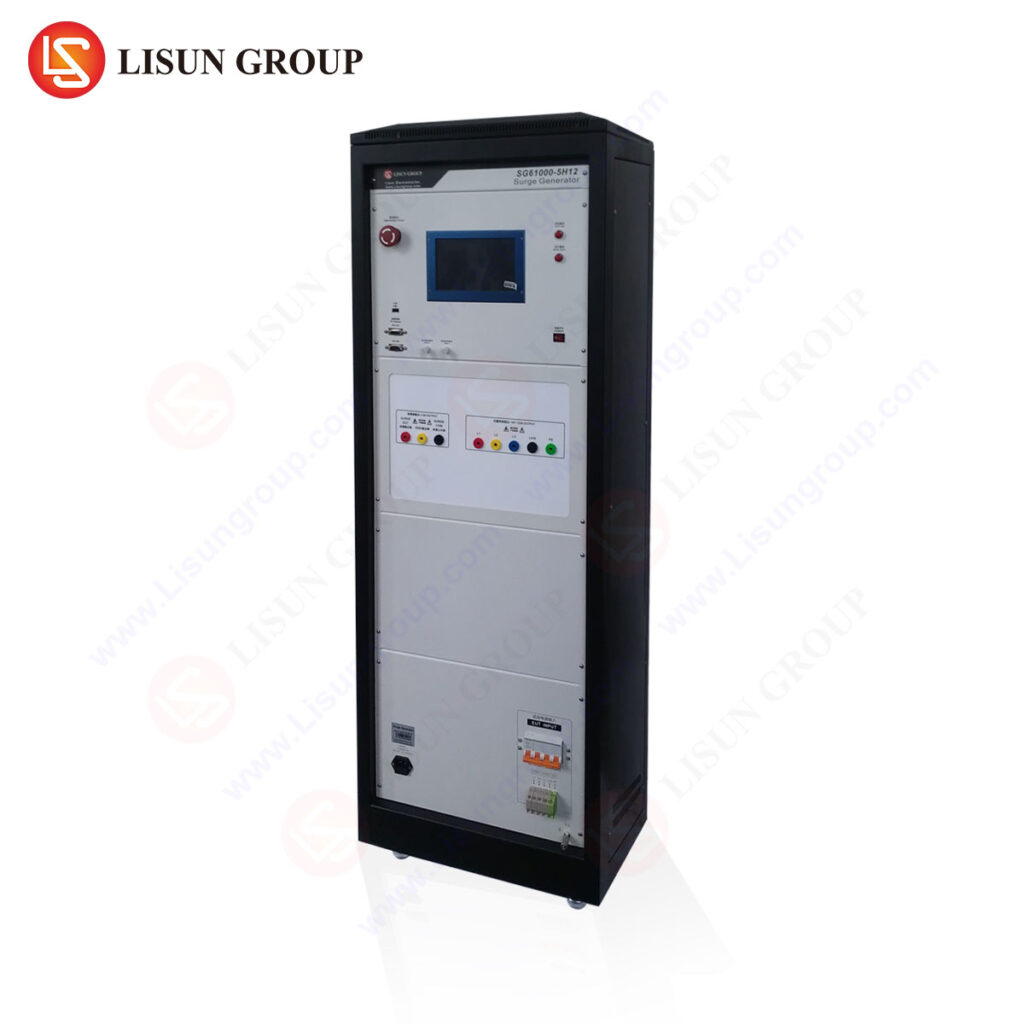Introduction
LEDs are becoming increasingly popular in a variety of applications, from lighting to automotive and industrial applications. As such, it is important to understand the impact of surge voltage on LED reliability. This article will discuss the effects of surge voltage on LED reliability, and how to test LED drivers or surge protection devices (SPDs) to ensure that they are providing adequate protection.
What is Surge Voltage?
Surge voltage is an electrical phenomenon that occurs when a sudden increase in voltage is applied to a circuit. This can be caused by a variety of factors, such as lightning strikes, power outages, or even switching on a large appliance. Surge voltage can cause damage to electrical components, including LEDs, if it is not properly managed.
How Does Surge Voltage Affect LED Reliability?
Surge voltage can cause damage to LEDs in a variety of ways. The most common is through over-voltage, which occurs when the voltage applied to the LED exceeds its rated voltage. This can cause the LED to become damaged or even destroyed. Additionally, surge voltage can cause the LED to become unstable, resulting in flickering or other issues.
Testing LED Drivers and SPDs
In order to ensure that LED drivers and SPDs are providing adequate protection against surge voltage, it is important to test them. This can be done using a Surge generator, which is a device that can generate a surge voltage of a specific magnitude. The surge generator can then be used to test the LED driver or SPD to ensure that it is providing adequate protection.
Conclusion
Surge voltage can have a significant impact on LED reliability, and it is important to understand the effects of surge voltage and how to test LED drivers and SPDs to ensure that they are providing adequate protection. By understanding the effects of surge voltage and testing LED drivers and SPDs, it is possible to ensure that LEDs are reliable and safe.
FAQs
Q: What is surge voltage?
A: Surge voltage is an electrical phenomenon that occurs when a sudden increase in voltage is applied to a circuit. This can be caused by a variety of factors, such as lightning strikes, power outages, or even switching on a large appliance.
Q: How does surge voltage affect LED reliability?
A: Surge voltage can cause damage to LEDs in a variety of ways. The most common is through over-voltage, which occurs when the voltage applied to the LED exceeds its rated voltage. This can cause the LED to become damaged or even destroyed. Additionally, surge voltage can cause the LED to become unstable, resulting in flickering or other issues.
Q: How can I test LED drivers and SPDs?
A: In order to ensure that LED drivers and SPDs are providing adequate protection against surge voltage, it is important to test them. This can be done using a surge generator, which is a device that can generate a surge voltage of a specific magnitude. The surge generator can then be used to test the LED driver or SPD to ensure that it is providing adequate protection.





